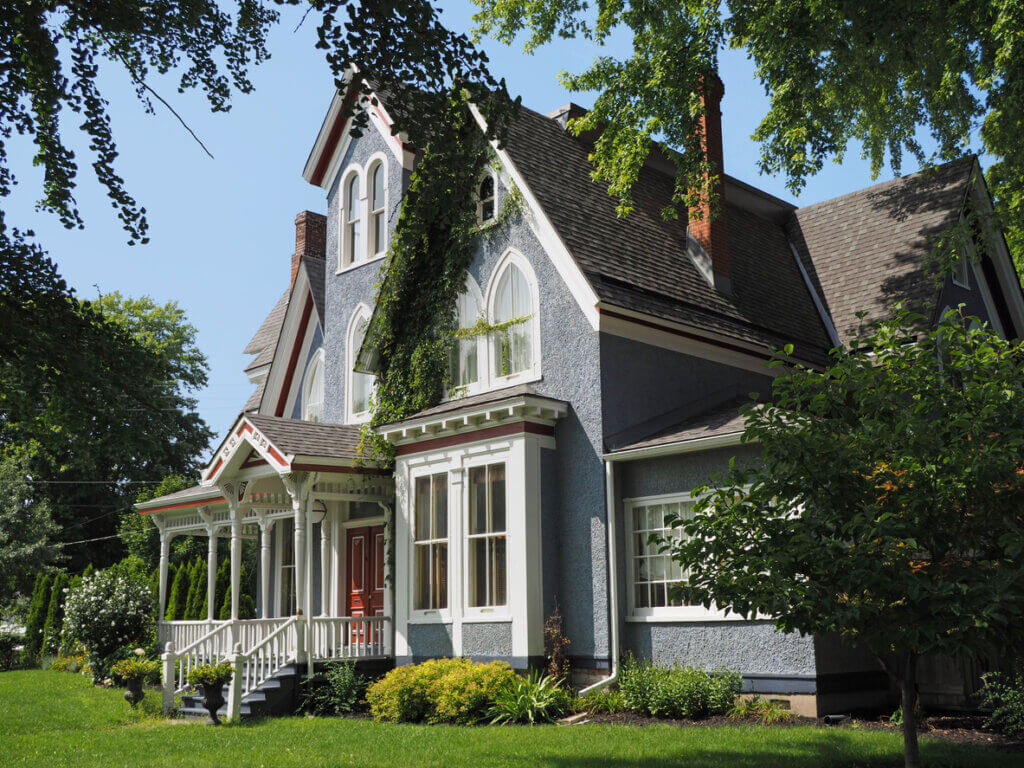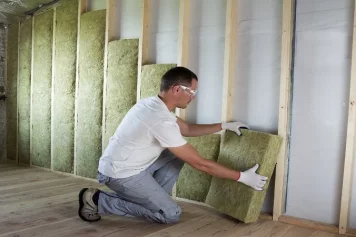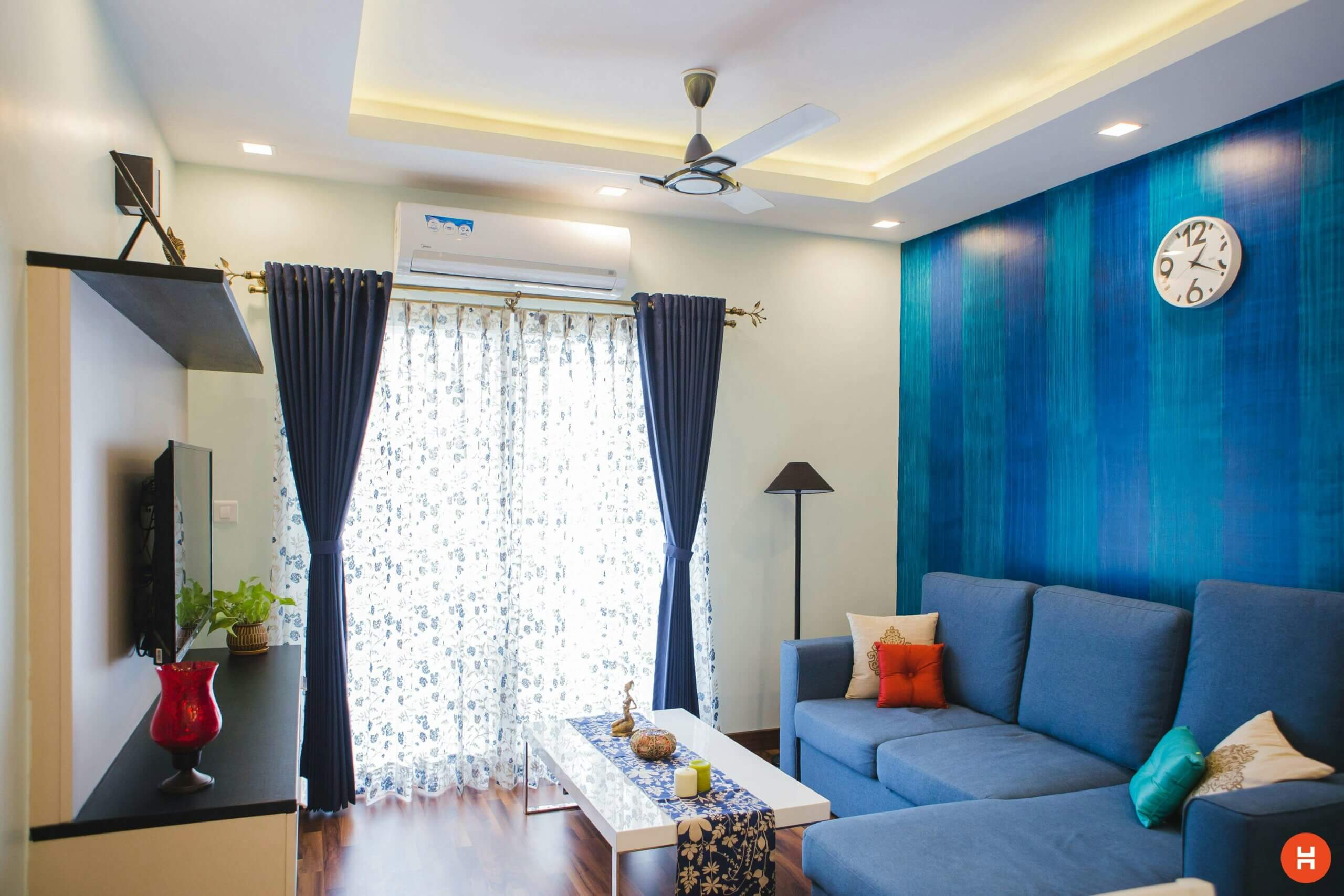A house is considered a heat sink when it exhibits excessive energy consumption. These homes, rated F or G on the DPE, generate high energy bills.
The energy performance diagnosis remains the main tool for determining whether your home is affected. This official document assesses the energy performance of the home. It takes into account thermal insulation and the heating system.
Do you feel cold even with the heating on? Your home could be an energy drain. Renovations are therefore necessary to improve your comfort.
The Climate and Resilience Act now imposes restrictions on thermal sieves. The rental and sale of these homes will be gradually restricted. This measure aims to reduce national energy consumption.
Reno, an interior design firm in Paris, will assist you in this process. Our expertise in apartment renovation guarantees effective solutions. We identify the thermal weaknesses of your home.
This article guides you step by step to determine the thermal condition of your home. You’ll discover the telltale signs of a thermal sieve. You’ll also learn the steps to obtain a reliable energy audit.
Understanding the energy performance of your home is essential. This knowledge will allow you to plan appropriate renovations. This will allow you to improve your comfort while achieving significant energy savings.
The telltale signs of a thermal strainer
Your home exhibits several signs that may reveal its status as a thermal sieve. These signs often appear on a daily basis. They directly impact your comfort and your energy bills.
Sensations of cold and drafts
Drafts are a telltale sign of an energy drain. You feel a persistent cold despite active heating. This situation indicates significant thermal insulation defects.
Cold spots are often concentrated near windows and doors. They can also appear along exterior walls. These unpleasant sensations are caused by excessive heat loss.
A simple test is to place your hand near the door frames. You’ll easily detect cold air infiltration. This method reveals weak points in the building envelope.
Reno, an interior design firm , precisely identifies these problem areas. Our experts analyze the entire structure of your home. We then propose solutions tailored to each situation.
Humidity and condensation on windows
The persistent presence of moisture often indicates poor insulation. Condensation regularly appears on your windows in the morning. This phenomenon indicates a thermal bridge between the interior and exterior.
Mold growth on walls also indicates a thermal problem. It grows in cold corners of your home. These areas represent significant thermal bridges.
Excessive humidity stems from a temperature imbalance. Warm indoor air cools abruptly when it comes into contact with cold walls. This process generates condensation and promotes mold growth.
Insufficient ventilation exacerbates this problem in thermal sieves. Moisture remains trapped in the home without effective ventilation. This situation gradually deteriorates the building’s structure.

Abnormally high energy bills
Excessive energy bills are a reliable indicator. You’re experiencing above-average energy consumption. This situation is a direct result of poor thermal performance.
Compare your costs with those of similar properties. A significant difference indicates an insulation problem. Your heating system is constantly working to maintain the temperature.
Thermal colanders consume up to three times more energy. This excess consumption significantly increases your budget, representing hundreds of euros wasted each year.
A quote for energy renovation work then becomes relevant. The investment in insulation quickly pays for itself. You sustainably reduce your bills while improving your comfort.
The heating that works constantly
Your heating system runs almost continuously in winter. It struggles to maintain a comfortable temperature. This situation clearly indicates a thermal strainer.
The thermostat remains constantly active despite moderate settings. Heat escapes quickly through various weak points. Your home cools down as soon as the heating is turned off.
The rooms have very uneven temperatures. Some areas remain cold despite intense heating. This thermal imbalance reveals localized insulation problems.
Energy inefficiency also affects your overall comfort. You need to wear warm clothes even indoors. This unpleasant situation persists throughout the cold season.
The energy performance diagnosis (DPE)
The energy performance diagnosis is the official benchmark tool. It precisely assesses the thermal efficiency of your home. This mandatory document classifies your home according to its energy consumption level.
Understanding energy classification from A to G
The DPE classifies housing on a scale from A to G. Categories F and G officially identify thermal sieves. This classification is based on annual energy consumption.
Class A represents high-performance housing. They consume less than 70 kWh/m²/year. Thermal sieves generally exceed 330 kWh/m²/year.
The ranking also takes into account greenhouse gas emissions. This dual assessment provides a comprehensive view of performance and effectively guides your renovation priorities.
The 2021 DPE reform has strengthened its reliability. Calculations are now based on objective criteria. The thermal sieve’s status thus becomes undeniable.
How does a DPE take place?
A certified diagnostician performs this mandatory assessment. They carefully examine all the thermal elements of the home. Their inspection covers insulation, heating, and ventilation.
The professional records the precise characteristics of your home. He or she measures the surface area and analyzes the materials used. This data is fed into a specific calculation software.
The inspection also includes energy systems. The diagnostician evaluates your heating and hot water production. He also examines ventilation and air conditioning systems.
This assessment typically lasts between one and two hours. The professional takes photos and notes their observations. They then prepare a comprehensive report, including the energy rating.
Interpreting the results of the DPE
The DPE report presents your estimated energy consumption. It precisely indicates your energy class from A to G. The F and G ratings confirm your thermal sieve status.
The document also details the weak points of the home. It identifies the main sources of heat loss. This information will effectively guide your future renovation work.
The report also provides recommendations for improvement. It suggests priority work to improve performance. Each suggestion is accompanied by an energy savings estimate.
Reno ‘s expertise helps you interpret these results. Our specialists analyze your DPE in detail. We then develop a personalized and effective renovation plan.
Validity and cost of an energy diagnosis
The DPE remains valid for ten years since 2021. This period gives you time to organize your work. The document remains mandatory for all real estate transactions.
The cost of the diagnostic varies between 100 and 250 euros. This price depends primarily on the size of the home. Higher rates apply for larger homes.
Some local authorities offer grants to finance this assessment. These subsidies significantly reduce your investment. Check with your town hall or department for details.
Investing in an energy performance certificate (EPC) is always worthwhile. It provides you with detailed knowledge of your home’s performance. This information effectively guides your energy renovation decisions.

Critical points to inspect yourself
Before calling a professional, you can perform an initial diagnostic. Certain elements easily reveal thermal weaknesses. Your careful observation already provides valuable insights.
Insulation of walls and attics
Exterior walls are often the main weak point. They represent the largest surface area in contact with the exterior. Their poor insulation generates significant heat loss.
Touch the walls in cold weather to assess their insulation. A cold feeling clearly indicates a thermal problem. This simple method effectively reveals critical areas.
Poorly insulated attics cause up to 30% of heat loss. Heat rises naturally and escapes through the roof. A visual inspection of the attic allows you to assess the existing insulation.
Wall and attic renovations are becoming a priority. They significantly improve energy performance. The investment quickly pays for itself thanks to the savings .
Joinery and glazing
Old windows create significant thermal leaks. Single glazing has very low thermal resistance. It creates a feeling of cold even without a draft.
Inspect the seals around windows and doors. Cracks or loose seals allow air to leak in. These defects significantly deteriorate the overall insulation.
The candle test effectively reveals drafts. Hold a flame close to closed openings. Its movement clearly indicates cold air infiltration.
Installing double or triple glazing transforms thermal comfort. It significantly reduces heat loss. This improvement also reduces external noise pollution.
The heating system and its performance
An outdated heating system compromises energy efficiency. Older appliances consume more energy for mediocre results. Their efficiency gradually declines over the years.
Check the age and condition of your heating system. Appliances over fifteen years old often have insufficient efficiency. Replacing them then becomes economically viable.
Also observe the heat distribution in your home. Persistent cold spots indicate an imbalance in the system. This situation requires a complete overhaul of the installation.
New technologies such as heat pumps offer efficient alternatives. They significantly reduce your energy consumption. These modern solutions are ideal for renovating thermal sieves.
Housing ventilation
Inadequate ventilation exacerbates thermal problems. It causes significant heat loss. It also promotes the accumulation of humidity in the home.
Inspect your air vents and intakes. Make sure they’re not blocked or clogged. Their proper functioning remains essential for thermal balance.
Excessive condensation on windows indicates insufficient ventilation. Moisture builds up, creating an uncomfortable environment. It also promotes the growth of harmful mold.
Installing a dual-flow CMV significantly improves energy efficiency. It recovers heat from the extracted air to preheat the incoming air. This system significantly reduces heating requirements.

Solutions for renovating a heat sink
Renovating a thermal sieve requires a methodical approach. Several interventions can transform your home. These improvements significantly increase energy performance.
The importance of a complete energy audit
An energy audit is the essential first step. It precisely analyzes the thermal defects in your home. This in-depth diagnosis effectively guides your decisions.
An expert examines all the components of your home. They use specific tools such as a thermal imaging camera. This technology reveals weak points invisible to the naked eye.
The report details the priority work to be carried out. It assesses their cost and energy efficiency. This information allows you to establish a coherent renovation plan.
Tips for designing spaces like garages include thermal insulation. These peripheral areas often influence overall performance. Properly insulating them improves the comfort of the entire home.
Priority work for thermal insulation
Attic insulation generally remains a priority. Heat naturally rises to the top of the building. This intervention offers the best efficiency/cost ratio.
Exterior walls represent a considerable area of heat loss. Insulating them from the outside yields excellent results. This technique also eliminates structural thermal bridges.
Replacing windows immediately transforms comfort. Double or triple glazing significantly reduces heat loss. This improvement also reduces external noise pollution.
Insulating the lower floor effectively complements these improvements. It eliminates the sensation of cold rising from the ground. This improvement significantly increases the perceived comfort.
Modernization of heating systems
An outdated heating system consumes a lot of energy unnecessarily. Replacing it immediately improves energy performance. The savings quickly recoup the investment.
Ecological alternatives
Biomass boilers use renewable resources. They run on wood pellets or logs. This solution significantly reduces your carbon footprint.
Solar thermal panels preheat your domestic water. They operate efficiently even in winter. This technology significantly reduces your energy consumption.
Geothermal energy harnesses the natural heat of the ground. It offers excellent and consistent performance. This solution is particularly suitable for single-family homes with land.
Heat pumps
The heat pump is a particularly efficient solution. It consumes little electricity to produce a lot of heat. Its coefficient of performance generally exceeds 3.
The air-water system is ideal for renovations. It can be installed in your home without major renovations. This solution is a great replacement for a traditional boiler.
Air-to-air heat pumps also offer excellent results. They distribute heat through discreet indoor units. This system allows for precise room-by-room regulation.
The general contractor efficiently coordinates the installation of this equipment. They ensure consistency between the insulation and the heating system. This comprehensive approach optimizes the final energy performance.

Financial aid for energy renovation
There are numerous grants available for renovating thermal strainers. These programs significantly reduce your investment. They make the work affordable for all budgets.
MaPrimeRénov’ and eligibility conditions
MaPrimeRénov’ is the main form of assistance for energy renovations. It funds a significant portion of your work. Its amount varies depending on your income and the energy savings you’re aiming for.
All homeowners are now eligible. Income ceilings determine the level of subsidy. Low-income households receive the most aid.
Other aid measures (EEC, reduced VAT)
Energy Saving Certificates effectively complement MaPrimeRénov’. They finance part of your insulation work. This scheme works through energy suppliers.
The reduced VAT rate of 5.5% applies to energy renovation work. This reduction represents a substantial saving. It applies to all homeowners, regardless of their means.
The ANAH’s “Habiter Mieux Sérénité” grant supports comprehensive projects. It finances up to 50% of the total cost of the work. This grant is primarily intended for low-income households.
Local authorities often offer additional assistance. This supplements existing national programs. These local subsidies further reduce your out-of-pocket costs.
The zero-interest loan for energy renovation
The zero-interest eco-loan finances your renovations interest-free. It covers expenses up to €50,000. Its repayment term can be up to twenty years.
This loan is available from partner banks. It simply requires a quote from an RGE (Regional Energy Management) contractor. This easy access allows you to quickly begin your work.







